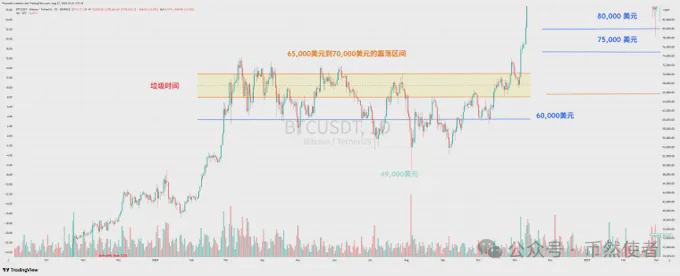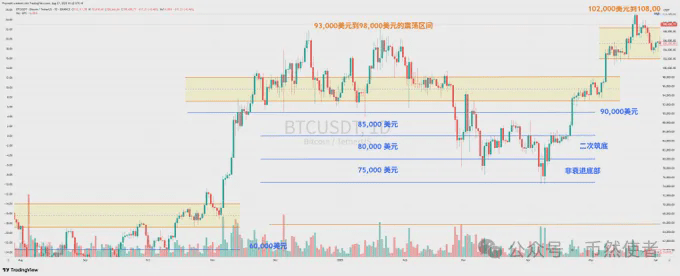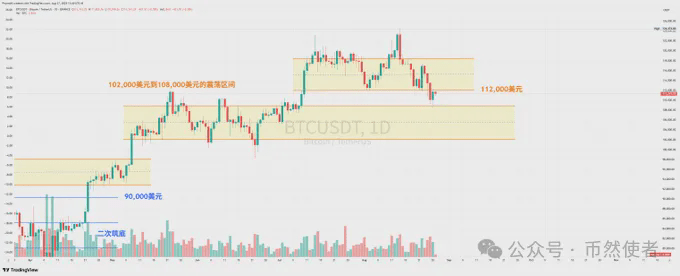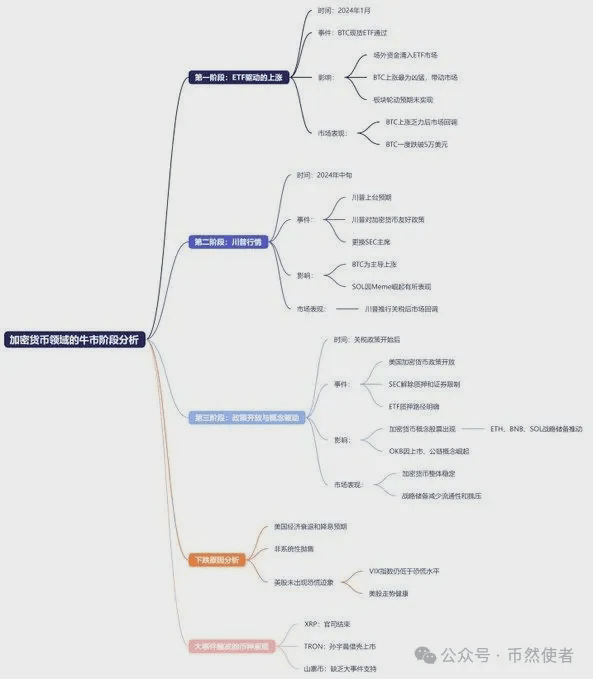The cryptocurrency market in 2024 is not a comprehensive bull market but rather exhibits distinct structural characteristics. From the beginning of the year to now, the market has experienced three clear stages of upward movement, each driven by specific events, and has consistently been dominated by compliant tokens, while altcoins have mostly underperformed.
Phase 1: ETF ignites BTC's solo performance, significant capital siphoning effect
At the beginning of 2024, the first wave of excitement in the crypto market was ignited by the Bitcoin spot ETF. After the SEC approved the spot Bitcoin ETF in January, off-market funds flooded in through the primary and secondary markets, attracting a net inflow of $36.7 billion in just a few months. Almost all of this capital flowed into BTC, driving it to a historical high of $73,000 in March.

However, this single-polar growth did not lead to sector rotation. Since only BTC received additional capital support, other tokens lacked upward momentum. By mid-year, the market started to correct, and BTC even fell below $50,000 at one point, confirming the 'capital funnel' effect—capital is concentrated only in BTC, making it difficult to spill over into other tokens.
Phase 2: Trump's policies create short-term trends, BTC remains the absolute main character
The second wave of the rally began with the policy expectations brought about by Trump's administration. The market anticipated favorable outcomes from his proposed 'U.S. Strategic Bitcoin Reserve' plan and changes in SEC leadership, which propelled BTC to strengthen again. During this phase, the crypto-friendly signals released by Trump's team became the core driving force.
However, the market remains highly concentrated in BTC. Mainstream tokens like ETH and BNB have limited gains, while only SOL briefly surged due to the meme coin craze. But this good fortune was short-lived, as the Trump administration introduced aggressive tariff policies, increasing market risk aversion, and cryptocurrencies once again entered a correction cycle, with non-BTC tokens being the first to come under pressure.
Phase 3: Regulatory easing opens up space, a strong pattern begins to emerge
After the U.S. tariff policy tightened, the market entered the third phase of transformation. The key change came from the regulatory level: the SEC clarified the compliance path for staking and ETF staking, lifted restrictions on PoS network staking, and recognized independent staking and delegated staking as not constituting securities issuance.
This policy easing has sparked a craze for 'crypto reserve concept stocks', with companies starting to boost their stock prices by holding cryptocurrencies. ETH, BNB, and SOL have become the top choices for strategic reserves, and reduced circulation has provided price support. Meanwhile, OKB has risen unexpectedly due to listing expectations and public chain concepts, forming a 'compliance first tier' alongside the aforementioned cryptocurrencies.
Corrections are non-systemic risks, highlighting the stability of compliant tokens
Recently, the overall market has corrected, mainly due to the cooling of U.S. interest rate cut expectations and pessimistic economic sentiment. However, data shows this is not a systemic risk: the BTC spot ETF continues to maintain net inflows, and strategic reserve companies show no signs of selling. Current selling pressure mainly comes from retail spot investors.
More critically, the U.S. stock market performed steadily, with the VIX fear index remaining around 15, far from the panic threshold of 30. Given the high correlation between Bitcoin and the U.S. stock market, the stability of U.S. stocks provides support for BTC. XRP performed well due to successful lawsuits, and TRON benefited from backdoor listings, but such opportunities are extremely rare.
Atypical bull market: compliance tokens and altcoins experience stark contrasts
The essence of the crypto market in 2024 is 'atypical bull market for compliant tokens'. BTC and ETH maintain stability due to continuous institutional buying; BNB and SOL benefit from strategic reserve demand; OKB relies on listing and public chain expectations to remain strong. These tokens have tightened liquidity, less selling pressure, and significantly higher stability than other tokens.

In contrast to most altcoins, which lacked significant capital inflows and breakthrough events, they have not entered a systemic bull market. In the future, as the regulatory framework becomes clearer, the differentiation between compliant tokens and altcoins may become even more pronounced, with market funds continuing to concentrate on tokens with actual demand and regulatory backing.


